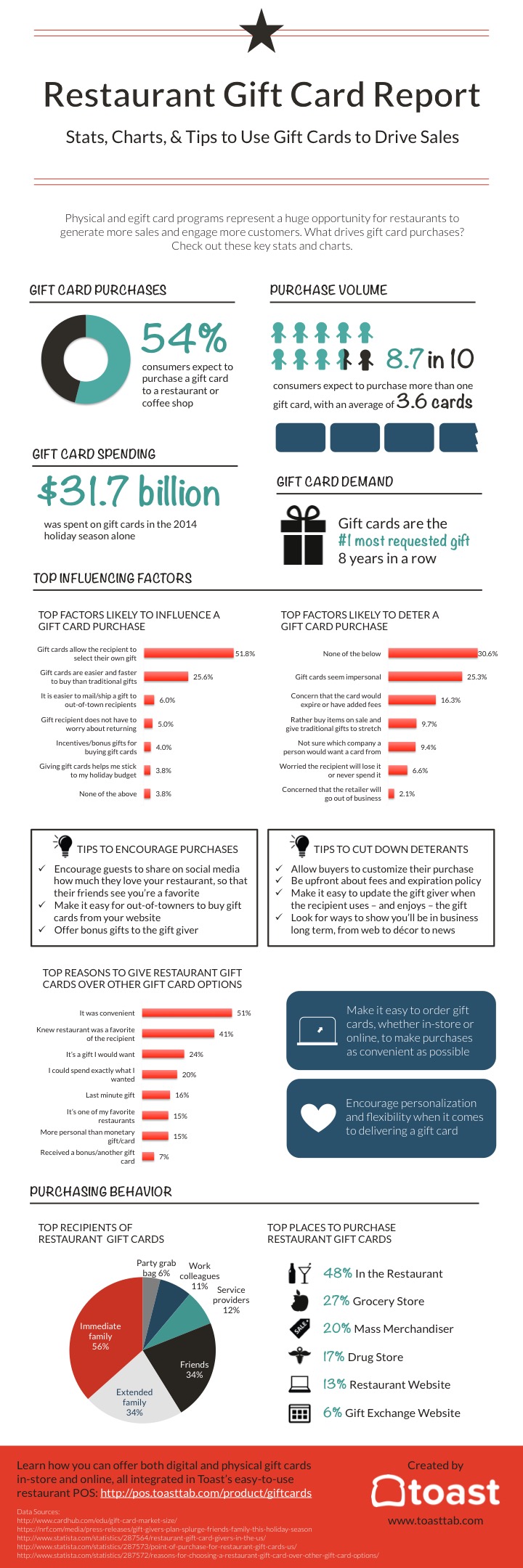Laser inscription is a functional, reliable, and safe method to personalize glass wares for breweries, dining establishments, and more. However, the engraving process commonly leaves particles that looks harsh.
To decrease this, use a sheet of paper towel or liquid meal soap to the surface area prior to running the laser. This will dissipate the excess warm and improve the inscription results.
Soda-lime glass
Soda-lime glass is made use of to manufacture the vast majority of drinking glasses, bottles and windows. It is inexpensive and simple to work with, making it a popular option for basic glass applications. Nonetheless, it has several limitations that restrict its use in a lot more details applications. These limitations include low thermal development and a high softening temperature. In order to get rid of these constraints, it is often chemically strengthened or solidified.
It is made by thawing silica, soda (sodium oxide), hydrated lime, dolomite and silicon dioxide in a glass furnace at temperatures of up to 1675 degC. The addition of the soda and lime works as a change, lowering the glass change temperature level and allowing it to be shaped.
While the majority of types of glass can be inscribed, some are more difficult than others to procedure. As an example, glass with heavy metals like titanium or lead is a lot more vulnerable and needs special care to make certain precise inscriptions. Making use of a jig or clamps to protect the glass during the engraving procedure can reduce motion that can trigger misalignment mistakes. Likewise, picking a high-contrast style and thoroughly positioning the style can also improve results.
Borosilicate glass
Borosilicate glass is made with soda-lime glass however with included boron trioxide. This makes it far more sturdy and resistant to thermal shock than soft drink lime glass. This resilience and resistance to warm make borosilicate glass an excellent selection for kitchenware, laboratory ware, and show glasses. It is additionally prominent among lampworking artists that intend to deal with large sculptural items that can be reheated numerous times without splitting.
In spite of its resilience, borosilicate glass can still be harmed by laser engraving. It can suffer from spawling and delamination when revealed to carbon dioxide. To avoid this, use a greater speed, reduced power, and much less air assist. High-contrast layouts and strong lines work best on this sort of glass. You can even paint the surface area of the glass black or various other shades to develop a distinct look. This strategy does not color the engraved area straight, however it does add a different appearance to the piece. The inscribed locations can then be repainted with acrylic paint for a personalized impact.
Lead crystal
As the name suggests, typical lead crystal has a minimum of 24% lead oxide. However, regardless of its charm and brilliance, this sort of glass is challenging to collaborate with because of numerous manufacturing, safety, and wellness problems.
Unlike preferred mistaken belief, the lead in traditional full lead crystal is not "entraped" within the chemical structure of the glass and poses little danger to human health and wellness over brief durations of use. Still, it is very important to saturate new glass before utilizing it in order to get rid of any kind of surface area lead bits.
To reduce these troubles, you can use a thin layer of undiluted dish soap to the surface before etching. This will assist to dissipate the heat produced by the laser and lower the possibility of splintering. Additionally, you can additionally polish the surface area of your glass with a Scotch-Brite pad. This method will certainly help to lessen the presence of superficial inscriptions and is specifically helpful if you are engraving a curved piece of glass.
Fused quartz
Fused quartz is a type of high-purity silica glass that is used in a large range of applications. Its outstanding optical openness throughout a broad spectrum, from ultraviolet to infrared wavelengths, makes it optimal for lenses and various other optics. Its low coefficient of thermal development and resistance to chemical deterioration allow it to withstand severe humorous glass engraving quotes working temperatures.
Due to its chemical inertness, fused quartz is also an excellent selection for crucibles and response vessels. Its high-temperature resistance additionally makes it an exceptional product for home windows and liquid cells in the atomic microscopic lense. Fused quartz is additionally being used for new builds of historic glass tools, such as the harp and verrophone, due to the fact that it creates a louder audio than lead crystal.
This kind of glass is a terrific tool for trying out different kinds of engraving. It can be inscribed making use of a variety of tools, consisting of etching cream and a paintbrush. It can additionally be etched with a laser to create round Moire patterns.
